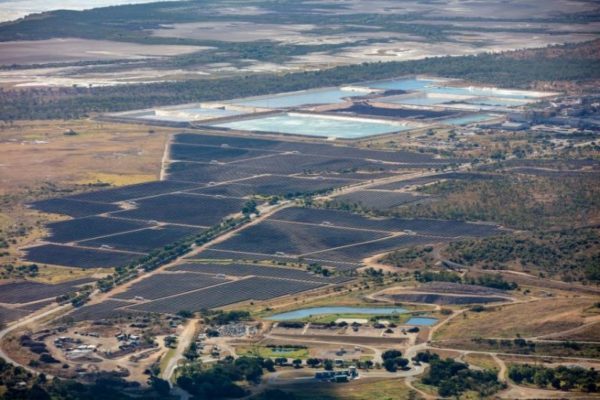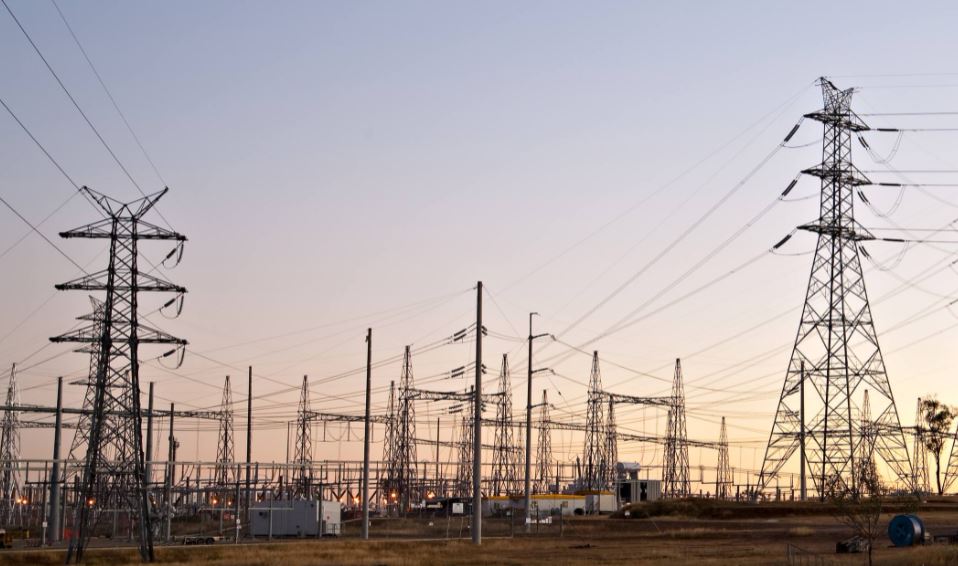Renewable energy projects feature prominently in the Queensland government’s economic strategy with transmission network upgrades and Renewable Energy Zones (REZs) highlighted as key initiatives by the government as part of its four-year $52.2 billion Infrastructure Pipeline.
Deputy Premier Steven Miles released the Queensland Government Infrastructure Pipeline (QGIP) in Brisbane on Thursday, pointing to continued investment in large-scale renewable energy capacity and outlining potential future proposals currently under development by the state government.
“We have a pipeline of infrastructure projects that are creating jobs and boosting our economic recovery,” Miles said.
“The Queensland Government Infrastructure Pipeline includes more than 1000 projects in delivery and planning and will provide industry with further confidence to invest in Queensland.
“In 2021-22, $14.7 billion – one of the largest capital programs in recent years – has been allocated.”
Included in the 2021-22 spend is $39.9 million to establish five community-scale, grid-connected battery energy storage systems and more than $580 million for augmentation and asset replacement works.
Miles also reaffirmed the government’s $145 million commitment to establish three Renewable Energy Zones (REZ) across southern, central and northern Queensland. Included in the investment is $40 million to upgrade network infrastructure in the Northern REZ with the coastal circuit transmission line between Cairns and Townsville to be upgraded from a 132 kV line to a 275 kV line.
The upgrades are expected to unlock up to 500 MW of renewable energy capacity for the region and make it easier for projects, including the 157 MW Kaban Wind Farm and associated 100 MW battery project, to connect to the National Electricity Market (NEM).
Miles said continued development of the southern and central REZs will coordinate network infrastructure development and new renewable energy generation.
“Our renewable energy zones will unlock the next wave of large renewable energy investment developing Queensland into a renewables, hydrogen, and manufacturing superpower,” he said.
“This will enable efficient investment, deliver local benefits, support the creation of clean energy jobs and support progress toward the government’s 50% renewable energy by 2030 target.”
Renewables already play a major in Queensland’s energy mix, providing more than 20% of electricity generated in the state.

Image: Sun Metals
The QGIP shows there are 34 renewable energy plants already operating in Queensland with another 10 projects financially committed or under construction.
The state government said this represents about $10 billion in investment and more than 7,000 construction jobs but Solar Citizens’ energy strategist Stephanie Gray said there is plenty of scope for growth.
“Thousands of people are already employed in Queensland’s renewable energy sector, from rooftop solar installers, technology developers, and construction workers,” she said.
“But this sector is just getting started. As we move towards a decarbonised economy, we’ll need to produce three times more electricity than we generate now to power things like electric cars.
“The demand for abundant and cheap renewable energy is only going to grow and so are the jobs in this space.”
Gray pointed to the growing role advanced manufacturing and minerals processing could play in the state’s economy as the world’s appetite for low-carbon products grows.
“North Queensland has some of the world’s best solar resources and critical mineral deposits needed as the world rolls out more electric transport and battery storage,” she said. “This means we can not only ship minerals overseas, but also use abundant cheap renewable energy to process and manufacture here.”
According to the report, Australia is supplying nearly half of the world’s lithium ore at a value of about $130 million but does not supply any of the refined product suitable for battery cells. The value of that product is estimated to be approximately $2.2 billion.
This content is protected by copyright and may not be reused. If you want to cooperate with us and would like to reuse some of our content, please contact: editors@pv-magazine.com.









By submitting this form you agree to pv magazine using your data for the purposes of publishing your comment.
Your personal data will only be disclosed or otherwise transmitted to third parties for the purposes of spam filtering or if this is necessary for technical maintenance of the website. Any other transfer to third parties will not take place unless this is justified on the basis of applicable data protection regulations or if pv magazine is legally obliged to do so.
You may revoke this consent at any time with effect for the future, in which case your personal data will be deleted immediately. Otherwise, your data will be deleted if pv magazine has processed your request or the purpose of data storage is fulfilled.
Further information on data privacy can be found in our Data Protection Policy.